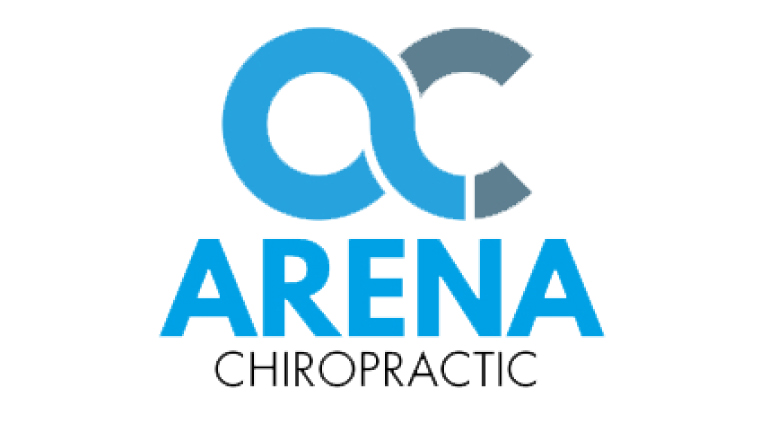High serum glucose. High cholesterol. High blood pressure. This is a trifecta you definitely don’t want to have. This combination of laboratory findings is known as metabolic syndrome, a new medical term that has been in existence for less than ten years. It’s well-known that there is an epidemic of obesity in America. Two-thirds of Americans are overweight or obese. Thirty percent of American children are overweight or obese. The numbers continue to increase. The United States is also in the midst of an epidemic in diabetes. Eight percent of Americans over age 20 have diabetes – one in twelve people. Again, the numbers are increasing.
Recently, public health researchers discovered that people who were overweight and had diabetes also had high blood pressure – the combination of findings was termed metabolic syndrome. The implication is that if a person has one or more of these abnormal findings, he is at risk for the others.1,2,3 If a person has high blood glucose she is at risk for high blood pressure and elevated cholesterol. Being overweight increases the risk of developing diabetes and developing cardiovascular disease – heart attack and stroke.
The statistics and medical conclusions are sobering, and yet there is good news. Each of these serious disorders – diabetes, obesity, and high blood pressure – is a lifestyle disease. Lifestyle contributes significantly to developing any and all of these conditions. Making long-lasting changes in the way we live has long-lasting effects on our health and well-being. Lifestyle recommendations are not breaking news. Everyone knows about the benefits of healthy nutrition and regular vigorous exercise. Research has consistently shown that diet, exercise, and proper rest significantly improve one’s health. The great challenge is to cause people to engage in these activities which are in their own interest.
An additional important lifestyle change is to engage in regular chiropractic care. Chiropractic care ensures optimal functioning of the nerve system which ensures optimal functioning of all other body systems. If the nerve system is over- or understimulated, physiology will break down in various ways and disease will result. Chiropractic care balances nerve system activity via gentle manipulation of spinal joints. Proper function of the spine results, with normalization of nerve activity. Chiropractic care enhances all other lifestyle activities. Healthy nutrition and regular exercise can have maximum benefit when your spine and nerve system are functioning properly.
1McNaughton SA, et al: Dietary patterns, insulin resistance, and incidence of type 2 diabetes in the Whitehall II Study. Diabetes Care 31(7):1343-1348, 2008
2Brunner EJ, et al: Dietary patterns and 15-y risks of major coronary events, diabetes, and mortality. Am J Clin Nutr 87(5):1414-1421, 2008
3Roman B, et al: Effectiveness of the Mediterranean diet in the elderly. Clin Interv Aging 3(1):97-109, 2008









